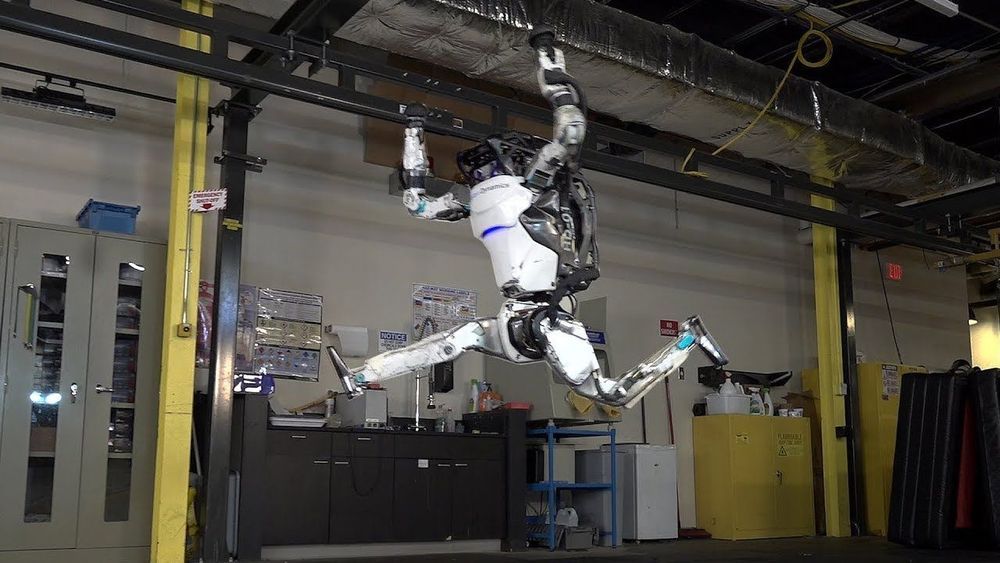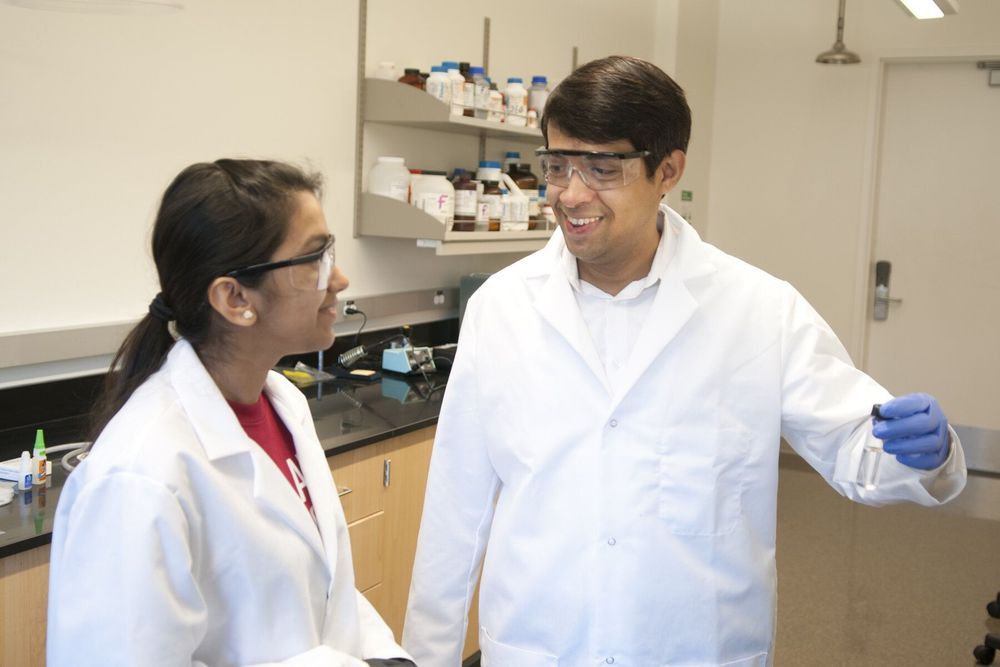
Over the past decade or so, researchers worldwide have developed increasingly advanced techniques to enable robot navigation in a variety of environments, including on land, in the air, underwater or on particularly rough terrains. To be effective, these techniques should allow robots to move around in their surroundings both safely and efficiently, saving as much energy as possible.
Researchers at the Indian Institute of Technology Kharagpur in India have recently developed a new approach to achieve efficient path planning in mobile robots. Their method, presented in a paper published in Springer Link’s Nature-Inspired Computation in Navigation and Routine Problems, is based on the use of a flower pollination algorithm (FPA), a soft computing-based tool that can identify ideal solutions to a given problem by considering a number of factors and criteria.
“Flower pollination algorithms (FPAs) have shown their potential in various engineering fields,” Atul Mishra, one of the researchers who carried out the study, told TechXplore. “In our study, we used the algorithm to solve the problem of path planning for mobile robots. Our prime objective was to plan, in the least time possible, the most optimal path in terms of minimum path length and energy consumption, with maximum safety.”


















